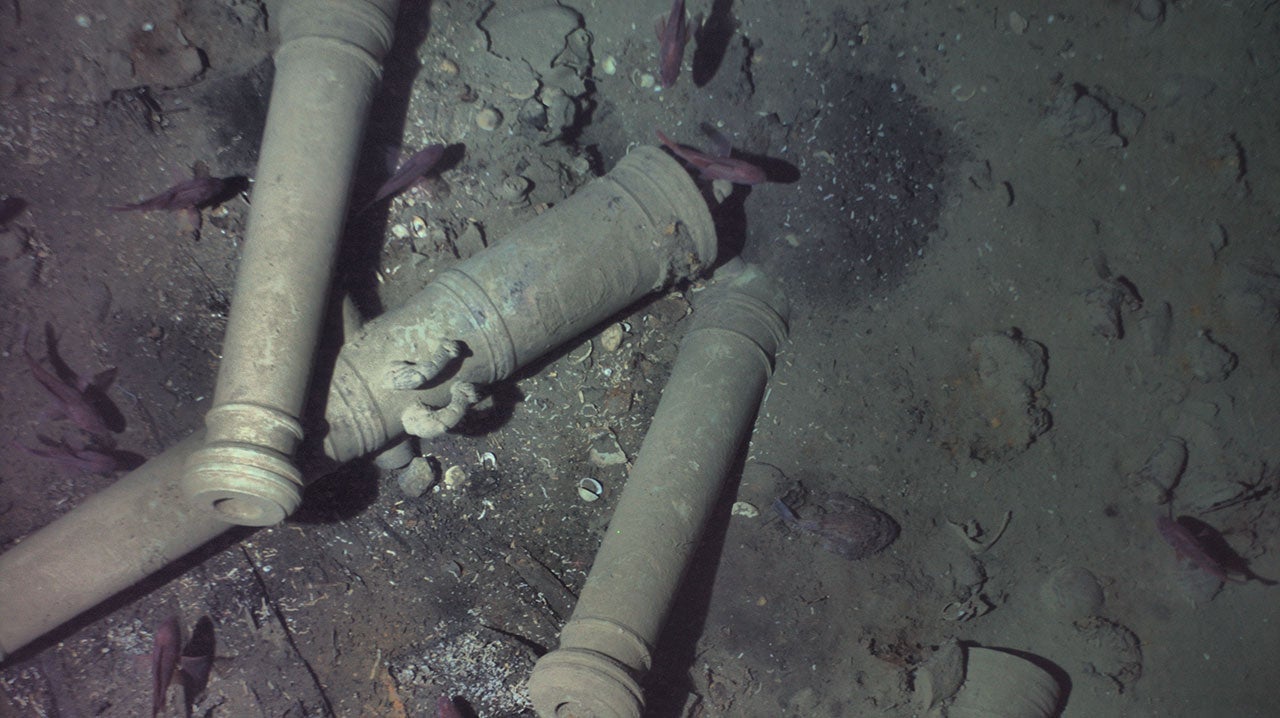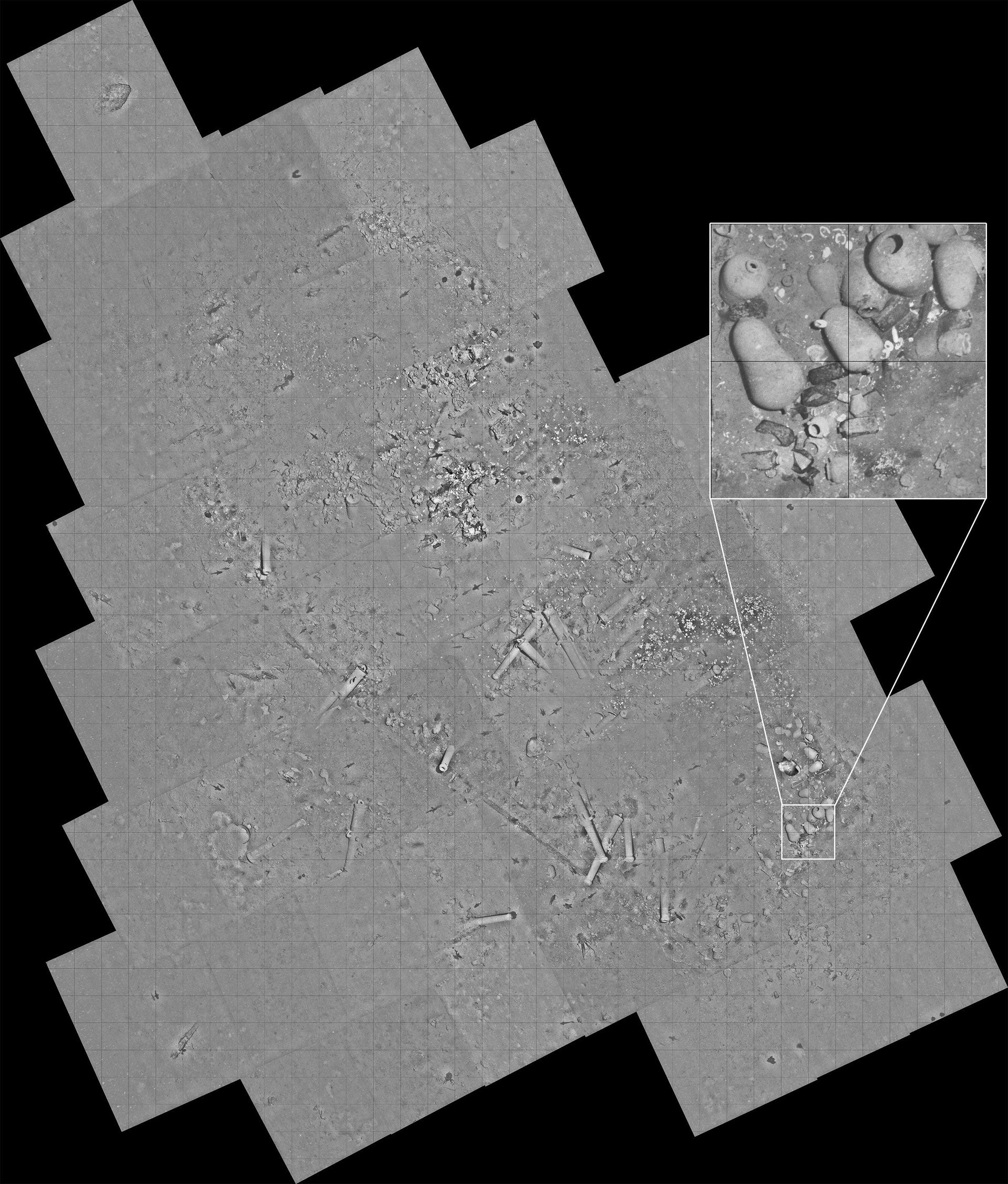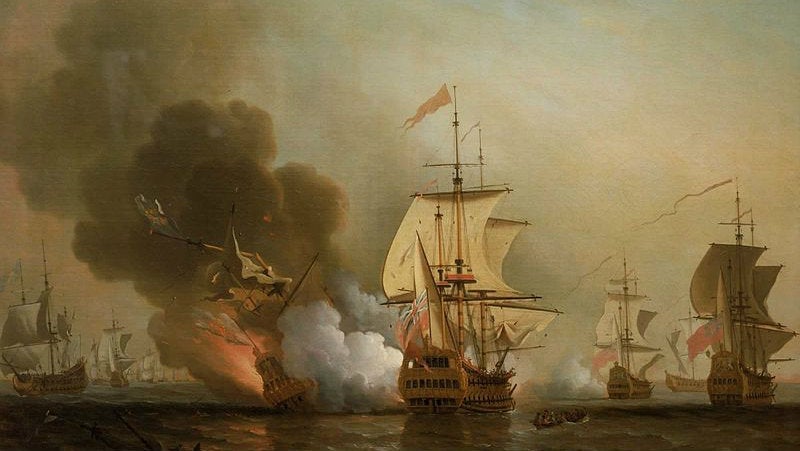An autonomous robot captured detailed images of the treasure-laden “Holy Grail of Shipwrecks”
In 2015, an underwater search effort led by a robot found the San José, one of the richest sunken treasures in maritime history. The government of nearby Colombia promptly declared the location a state secret.


In 2015, an underwater search effort led by a robot found the San José, one of the richest sunken treasures in maritime history. The government of nearby Colombia promptly declared the location a state secret.
This week, one of the organizations behind the hunt shared detailed images of the wreck, some 600 meters below the surface of the ocean near Cartegena. The Woods Hole Oceanographic Institute, the world’s preeminent center for undersea exploration, operated an autonomous robot that discovered the wreck and snapped pictures of distinctive cannons decorated with dolphins that provided a positive ID of the ship.
(The robot, REMUS 6000, is technically owned by the Ray Dalio Foundation, the personal foundation of the hedge fund billionaire. These are sophisticated, expensive machines—the engineer responsible for SpaceX’s self-landing rockets cut his teeth writing software for underwater robots.)
The most impressive picture is this composite of the entire site, which is worth zooming into to examine cannons, ceramics, and other human artifacts, along with the undersea creatures who have made this site their home.

The treasure carried by the ship, reputed to contain eleven million gold doubloons, is likely buried in the muddy sediment. The San José was sank in 1708 after it and several other similarly laden vessels were intercepted by English warships during the War of the Spanish Succession.

European power politics in the New World left a fortune on the sea-floor, and the fight over this fortune is hardly over: A legacy of legal battles between Colombia and fortune hunters seeking to salvage the San José have the country closely guarding its plans to recover the ship’s cargo.